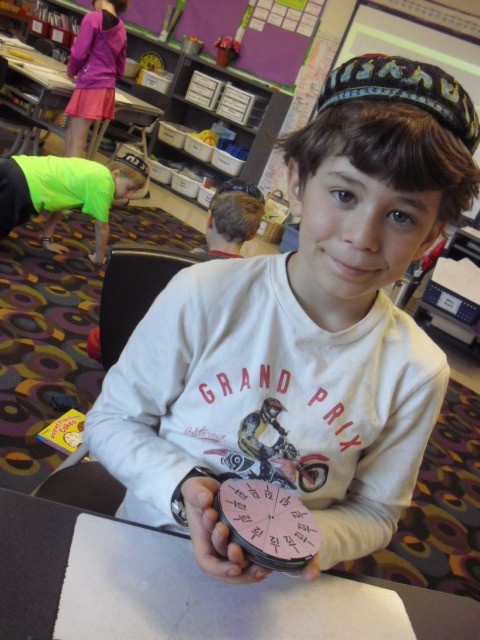March 14th – 25th
Reading
This week the students worked on finding cause and effect relationships in the stories they read. We read some funny stories and talked about what caused the characters to act a certain way and what was the effect of their actions. Here are the students trying to find the cause or effect of picture cards. They did a great job working together to figure out what caused each of the pictures on the cards! 


This week the students also studied compound words and abbreviations. We learned that compound words are when two words have been put together and abbreviations are when you shorten words like Doctor or Wednesday. We also studied the vowel pairs “oi”, “oy”, “au”, and “aw”. Next week the students will take the Journey’s curriculum Unit 3 assessment which will show me the information they have retained from our first three units. For our next reading lesson the students will read the realistic story Mr. Tanen’s Tie Trouble and an informational text on playgrounds. We will use these texts to study story structure, make inferences, and hunt for figurative language. The students will continue learning about adding the suffixes “ed” and “ing” to root words and we will study pronouns.
Here are some of our readers hard at work on their literacy centers!
Spelling
This week we worked on putting words in the past tense by adding “ed” and by dropping the “y” at the end of the word and adding “ied.” Next week we will continue working on this skill and learn about dropping the “e” on the end of words like estimate before adding “ed.”
Writing
The students have begun learning how to choose better and more interesting words for their writing. We studied some example pieces this week where the writers had used words like “good” or “very nice” over and over again! We talked about better words the writers could have used to make their stories more specific. Here are some of our writers sharing their stories!
Math
As we come to the end of our unit on fractions the students are learning how to compare fractions to find bigger or smaller pieces and solve fraction stories. Like with all of the math we study, the students are encouraged to draw out their thinking to help them work through the problems. Circles are a great way to represent fractions but working with rectangles can be even easier! Our next unit will cover measurement. The students will learn how to compare gallons, quarts, cups, and pints. We will work on metric units of measurements like meters and liters, as well as standard U.S. measurements like feet, yards, and miles. The students will learn which units should be used for different types of measurements. For example, you measure distance traveled by car in miles and the volume of milk in cups or gallons!
Here are some of our mathematicians working hard to learn about fractions!














